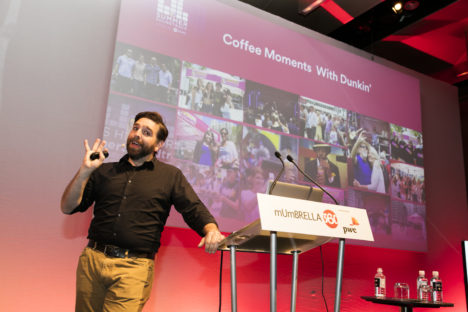Spotify aims to ‘moneyball’ business with the power of the millennial ‘snake people’
Music streaming giant Spotify wants to “moneyball” business using algorithms and the power of music tapping into the millennial market the same way maths experts changed baseball, the head of its business marketing arm has revealed.
With companies struggling to understand how to connect with the “snake people” – the elusive millennials demographic – Spotify global head of business marketing, Jeff Rossi, told Mumbrella 360 that the demographic had become overly complicated, being seen as “consistently inconsistent”.

Spotify aims to “moneyball business”
“Marketing to millennials is really good press. It really is a really strong word,” Rossi said.


Oakland didn’t win the world Series…they were knocked out
‘They are just people.’
Wow. Amazing insight.
Is Spotify suitable for not-for-profit media such as us – Aboriginal TV , Aboriginal radio, Sea Eagle Productions. We have limited funding for marketing, but we are free to air, commercial licensed.